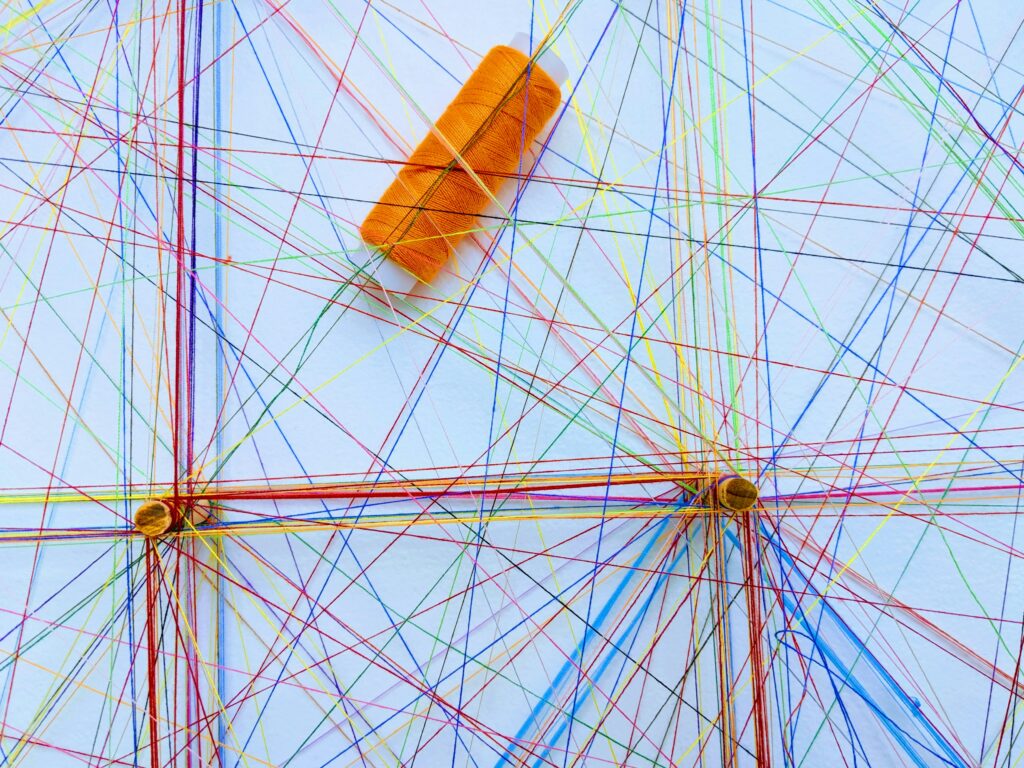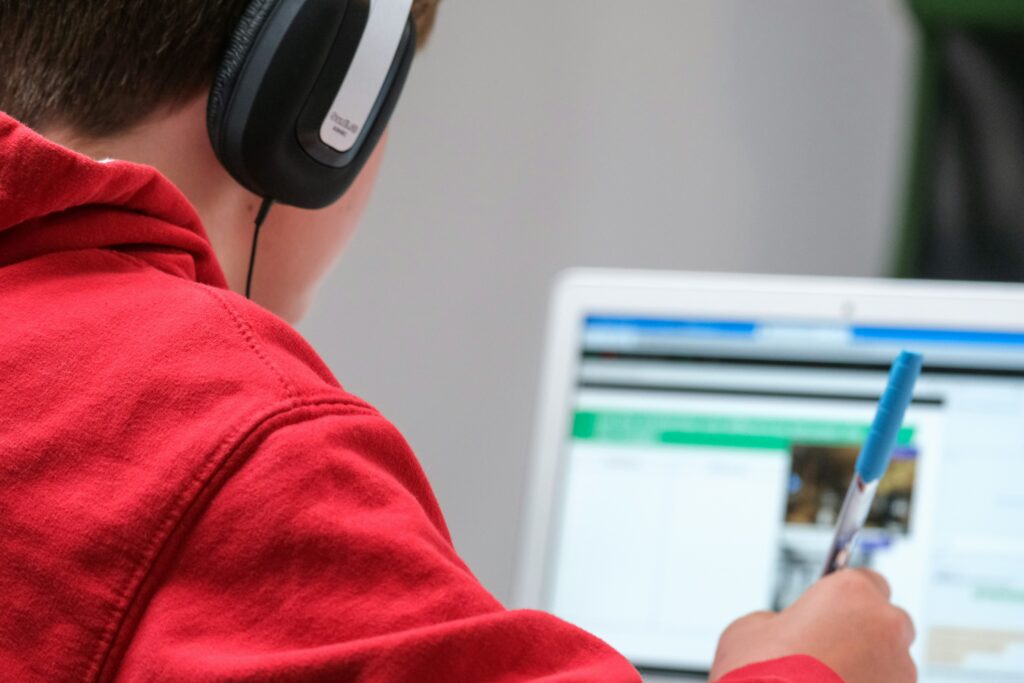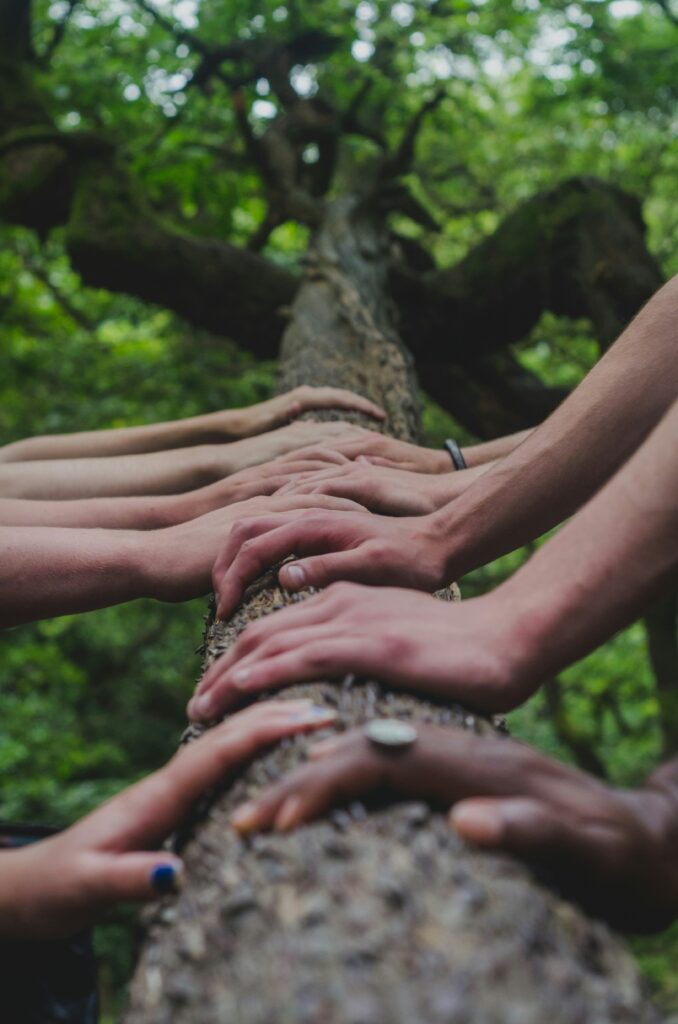In today’s interconnected world, Personal Learning Networks (PLNs) have become essential tools for continuous learning and professional development. By leveraging social media platforms, individuals can create networks that support their personal and academic growth. This blog post delves into the significance of PLNs, the dynamics of social media in enhancing these networks, strategies for long-term PLN development, and the impact of social media on learning and professional environments.

What Are Personal Learning Networks (PLNs), and Why Are They Important?
A Personal Learning Network (PLN) is composed of individuals and resources that facilitate one’s learning and development. These networks often include mentors, peers, industry experts, and digital tools that provide access to information and collaborative opportunities. Engaging with a PLN allows individuals to stay updated on their interests, gain diverse perspectives, and receive support in achieving personal and academic goals. For instance, educators can connect with colleagues worldwide to share teaching strategies and resources, thereby enhancing their instructional practices (Edutopia, 2023). Similarly, students can join online communities to discuss subjects they are passionate about, fostering a deeper understanding and appreciation for the material. This YouTube video by Marc-Andre Lalande, (below) really helped me understand the ranging utility of PLNs in education and beyond. It is just under 2 minutes.
Social Media Dynamics for PLNs
Social media platforms such as Twitter, LinkedIn, and Facebook have transformed how we build and engage with PLNs. The interactive features of these platforms—likes, shares, comments, and hashtags—enable users to disseminate information rapidly and engage in meaningful discussions. For example, educators using Twitter, or BlueSky, can participate in hashtag-based chats to exchange ideas and resources, thereby expanding their professional networks (Edutopia, 2019). Understanding these dynamics allows individuals to tailor their engagement strategies, ensuring that their contributions reach a broader audience and foster collaborative learning environments.

Long-Term Network Development
Developing and sustaining a meaningful PLN requires intentional effort and ongoing participation. Strategies for long-term network development include:
- Active Participation: Regularly engaging in discussions, sharing insights, and providing feedback to others strengthens relationships within the network.
- Content Sharing: Contributing valuable resources, articles, or personal reflections keeps the network dynamic and encourages reciprocal sharing.
- Staying Informed: Keeping abreast of current trends and developments ensures that the PLN remains relevant and continues to meet the evolving needs of its members.
By implementing these strategies, individuals can create resilient networks that adapt to their changing personal and professional landscapes (Edutopia, 2023).

Impact of Social Media on Learning, Academics, and Professional Environments
Social media has significantly influenced learning and professional environments by providing platforms for knowledge exchange and networking. In academic settings, students and educators use social media to share resources, collaborate on projects, and engage in scholarly discussions, thereby enriching the learning experience (Edutopia, 2023). Professionally, platforms like LinkedIn enable individuals to showcase their expertise, connect with industry peers, and discover job opportunities. However, the pervasive nature of social media also necessitates critical media literacy skills to navigate misinformation and maintain a professional online presence. Educators are increasingly addressing media literacy in schools to help students discern credible information and engage responsibly online (Teen Vogue, 2025).
Personal Learning Networks, bolstered by the strategic use of social media, play a pivotal role in facilitating continuous learning and professional growth. By understanding and leveraging social media dynamics, individuals can cultivate robust PLNs that support their evolving educational and career aspirations.
References
Edutopia. (2023). Building Your Professional Learning Network. Retrieved from https://www.edutopia.org/article/professional-learning-networks-teachers/
Edutopia. (2019). Leveraging Social Media to Build a Digital PLN. Retrieved from https://www.edutopia.org/article/leveraging-social-media-build-digital-pln/
Teen Vogue. (2025). Media Literacy in Schools Is on the Rise as Teachers Grapple With Misinformation and Conspiracy Theories. Retrieved from https://www.teenvogue.com/story/media-literacy-schools-misinformation
Recent Comments